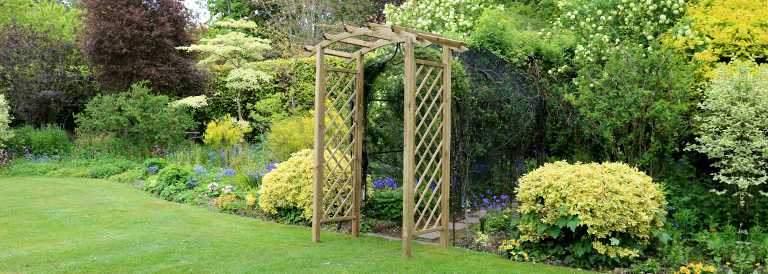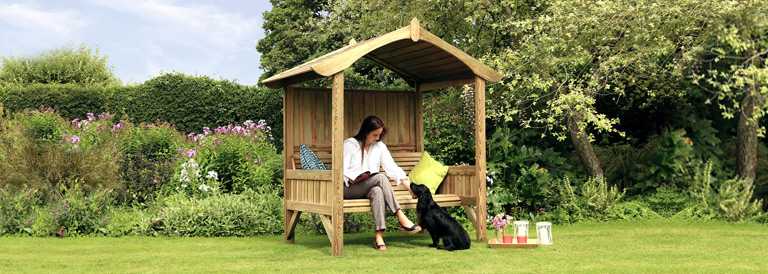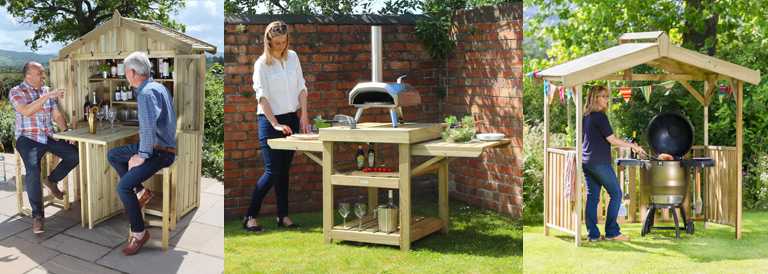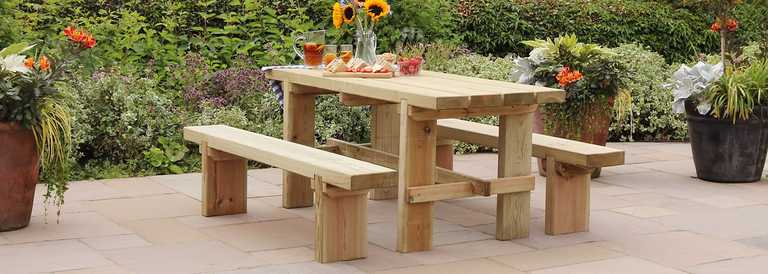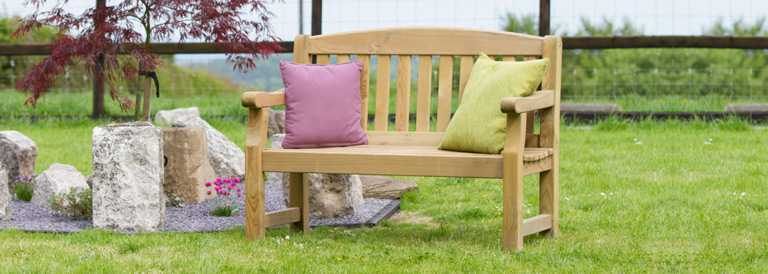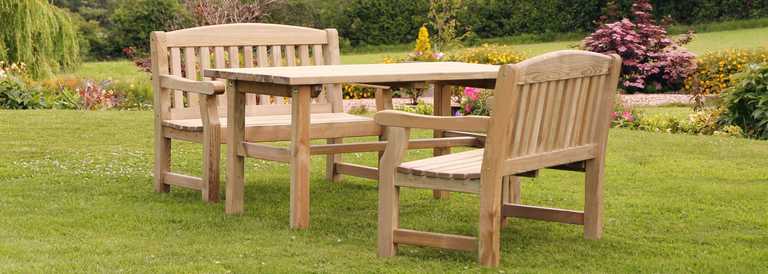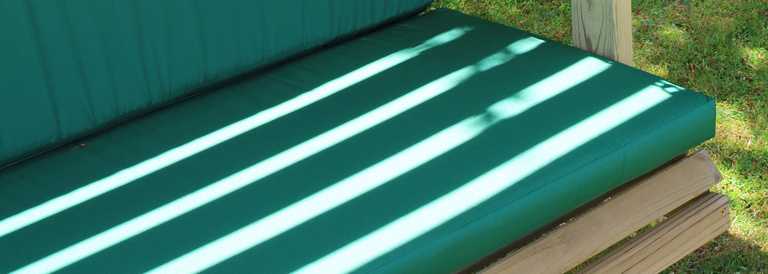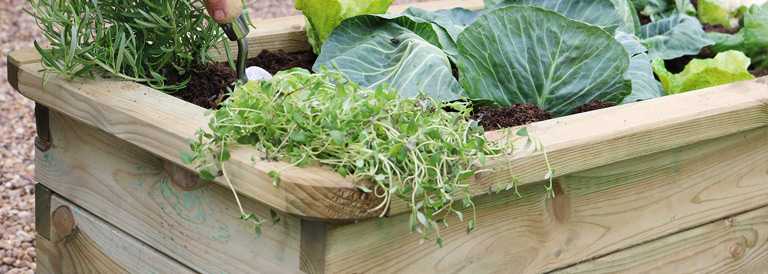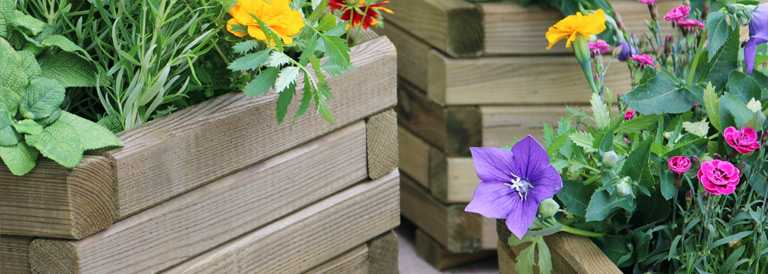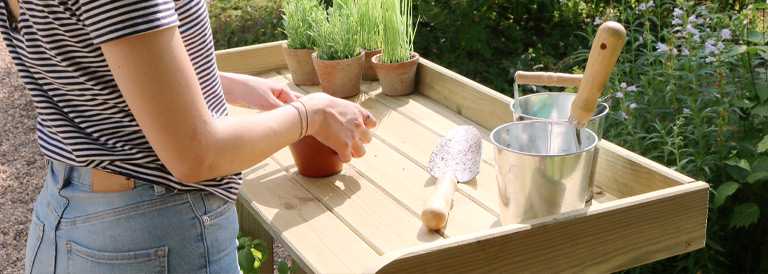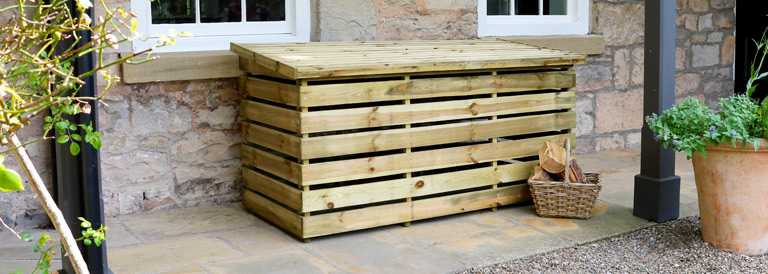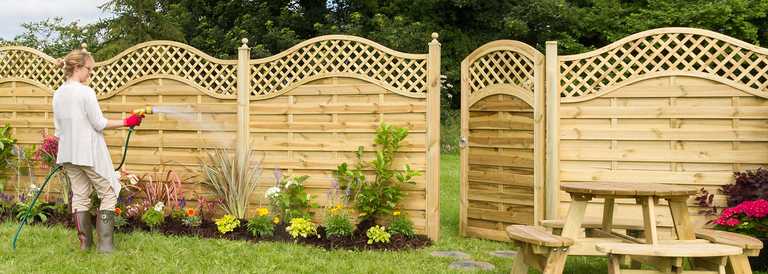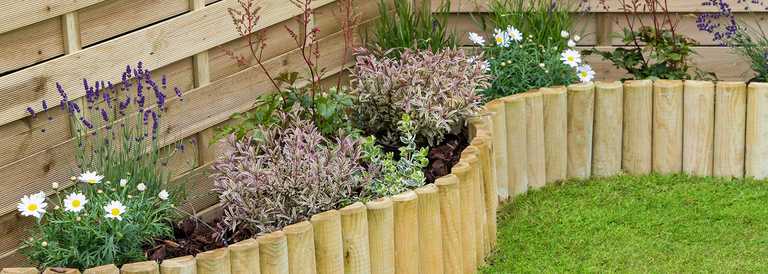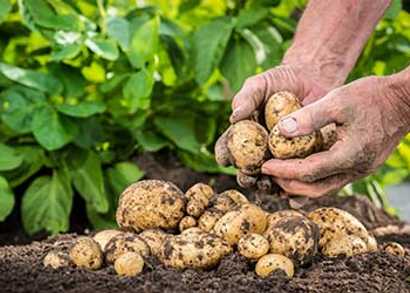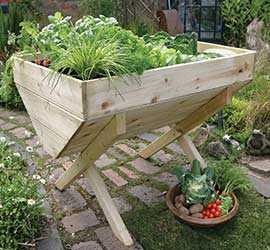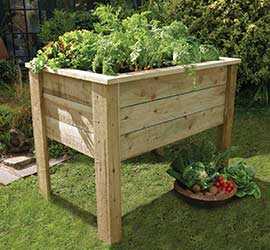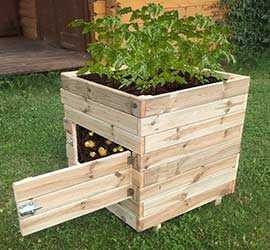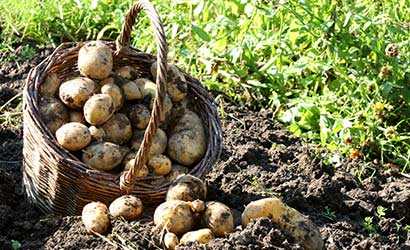Choose Your Potatoes
It’s always best to plant Seed Potatoes (specifically sold for planting rather than eating. This will ensure your potatoes haven’t been sprayed with chemicals and are guaranteed to be free of any viruses. There are 3 main types of seed potatoes;
- First Earlies (planted mid March)
- Second Earlies (planted early April)
- Main Crops (planted mid to late April)
These categories are based on the length of time it takes to grow your own potatoes before they are ready to harvest. First Earlies are usually ready for harvest 100 days after planting. Second Earlies can be lifted at around 120 days, whilst Main Crop varieties can take up to 160 days.
First and Second Earlies produce smaller, more waxy potatoes that tend to have thin skin, a delicate texture and fresh taste. Main crops produce much larger, more floury potatoes that have a thicker skin and will keep for longer.

Chit Your Seed Potatoes
The first step to growing your own potatoes is to chit them. This process forces your seed potatoes to sprout shoots and usually takes around 4 – 6 weeks.
People usually start to chit their potatoes in late January or February so they can be planted in March or April.
1. Place your potatoes upright in an old egg box with the eyes of the potatoes facing up and the heel (narrow end) sitting in the hole.
2. Store in a cool, light room (around 10°C) and leave them to sprout little green shoots.
3. Once the shoots are around 2cm – 3cm long they are ready to plant, shoot side up.
Top Tip – If you rub off some of the smaller shoots and leave only 3 /4 of the largest, strongest shoots, each of these will grow a larger potato.
Large potatoes should be cut into smaller pieces (about 2 inches wide, each with at least 2 shoots) and left to sit at room temperature for 2/3 days before planting. Small potatoes can be planted whole.
Growing in a Container
The benefit of using a container to grow your own potatoes is that you don’t need a lot of space in your garden. It’s much less labour intensive than growing in the ground and the plants are more protected from destructive pests. You can also move the containers to a sheltered part of the garden in cold weather to protect them from frost.
First and Second Earlies grow especially well in containers as they are much smaller and require less space than Main Crops. They also take less time to grow and are often ready before the threat of potato blight arrives in late Summer.
1. Place your container somewhere with a lot of sun and temperatures of around 16°C.
2. Quarter fill your container with compost and place the potatoes on top, 5 – 7 inches apart, shoot side up.
3. Cover over with 3 inches of moist soil and make sure to water often to keep the soil moist.
4. As the leaves grow keep covering them up with new compost until the container is full.
5. Stop watering the plants when they have been growing for their recommended time (see above) and wait for the plants to die off above the soil. DO NOT eat any fruit that develops on the plants as it is poisonous!
Check out some of our containers below that are perfect for growing your own potatoes.
Growing In The Ground
Main Crop potatoes are often planted in rows in the ground as they are much larger and require far more space.
Step 1. Dig straight, shallow trenches 2 – 3 feet apart, in prepared soil.
Step 2. Plant seed potatoes 12 inches apart and cover with about 3 inches of soil.
Step 3. When the shoots reach 10 to 12 inches tall, use a shovel to scoop soil from between the rows and mound it against the plants. Then bury the stems halfway. Repeat this stage throughout the growing season and harvest your potatoes when they have been growing for the recommended time (see above).

Harvesting your Potatoes
- Checking the time from planting (see above) is the most basic indication of when your potatoes will be ready to harvest. However you can also feel the size of the potatoes underneath by simply using your hand to gently burrow around a plant.
- Harvest Early potatoes when the foliage begins to die down and Main Crop potatoes when the foliage begins to turn yellow.
- All potatoes are best harvested on a sunny day when the soil is not too damp.
- Once dug up, gently shake off any excess soil and leave the potatoes to dry on the soil surface.
- Leave Main Crop potatoes in the sun for as long as possible, a couple of hours at very least. This will harden up the skin and help them to store for much longer.
Storing Your Potatoes
If you are not using your potatoes straight away be sure to use our storage guidance below.
- First Early and Second Early potatoes taste best when harvested and eaten a day or so later. However, they can be stored for around 5 days in a cool, dry and dark place.
Early potatoes have a short storage time once harvested. However, they will easily keep in the ground for up to two weeks past their optimum harvest date. With this in mind, it is best to only dig them up when needed. - The ideal storage container for Main Crop potatoes will block out the light whilst still allowing moisture to escape. Paper sacks in a cool, dark place such as a garden shed are ideal.
Only store potatoes that are in good condition and inspect them regularly. If you store damaged potatoes they will all become infected. Damaged ones should be eaten within a week or so.
Top tip; If light gets to stored potatoes they may turn green and begin to sprout. This effect can often be reversed by placing the potatoes in complete darkness for a day or two.
Follow these simple steps and enjoy your own home grow spuds cooked just the way you like them.
Check out our grow your own guide for beginners and browse through our extensive grow your own products for more tips and tricks to help you grow your own products with ease.
Strictly Necessary
These cookies are required for our website to operate and include items such as whether or not to display this pop-up box or your session when logging in to the website. These cookies cannot be disabled.
Performance
We use 3rd party services such as Google Analytics to measure the performance of our website. This helps us tailor the site content to our visitors needs.
Functional
From time to time, we may use cookies to store key pieces of information to make our site easier for you to use. Examples of this are remembering selected form options to speed up future uses of them. These cookies are not necessary for the site to work, but may enhance the browsing experience.
Targeting
We may use advertising services that include tracking beacons to allow us to target our visitors with specific adverts on other platforms such as search or social media. These cookies are not required but may improve the services we offer and promote.
